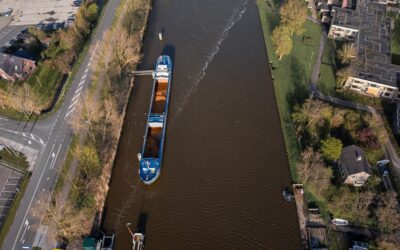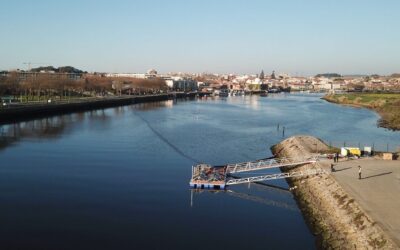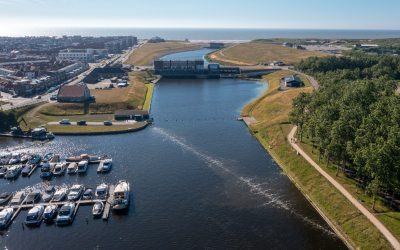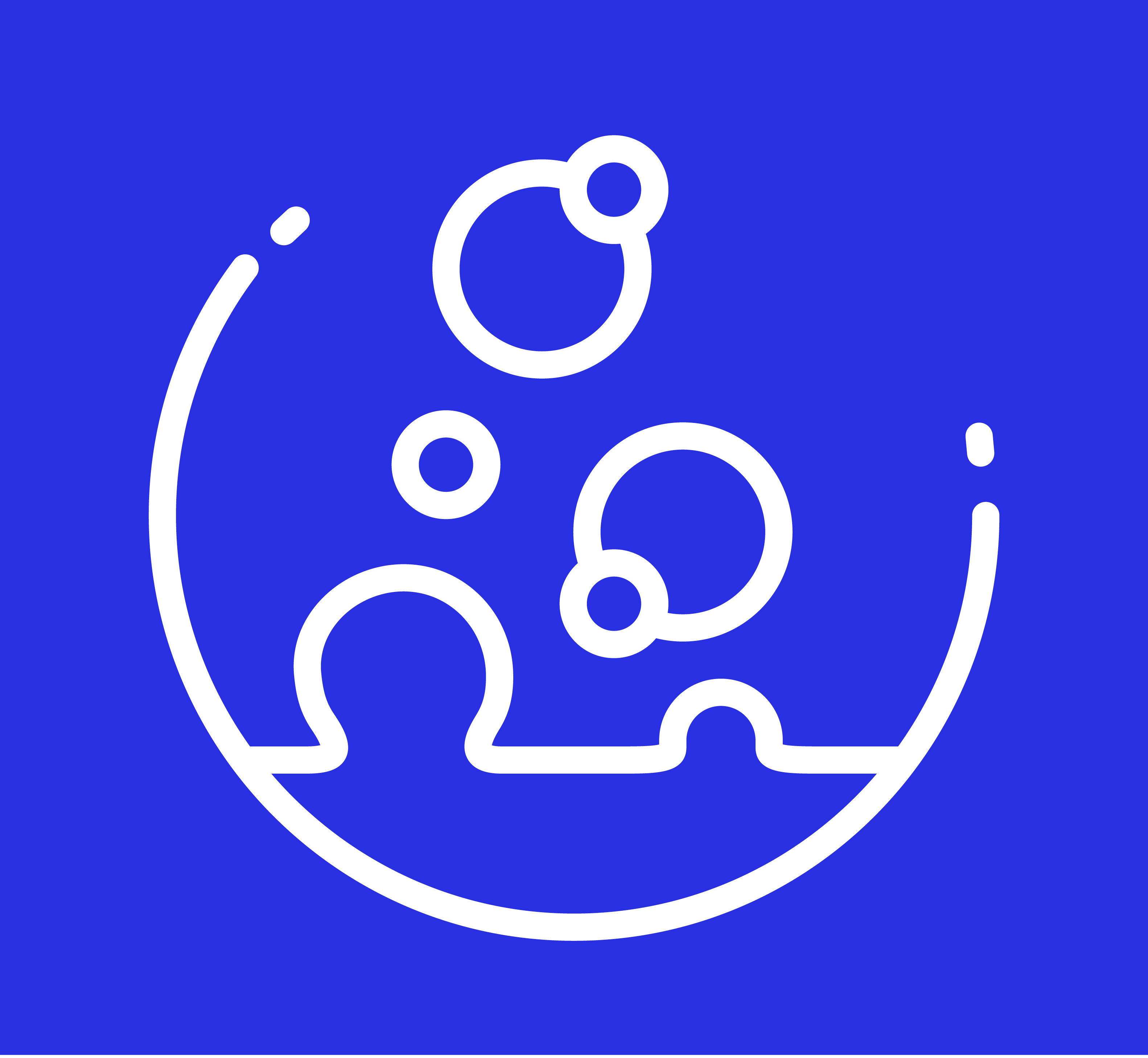HAARLEM, May 6, 2019 – A research consortium consisting of: PWN (a drinking water company); Hoogheemraadschap Hollands Noorderkwartier (HHNK – the water management board); The Great Bubble Barrier (a social enterprise); and KWR (water research institute) are starting a study to prevent microplastics from purified waste water from flowing into surface water on June 1st. A bubble screen has been installed at a wastewater treatment plant in Wervershoof, North Holland. With this, the consortium is taking a step towards clarifying the nature of the cause and reducing the occurrence of microplastics in surface water as they can pose a threat to people and the environment.
The parties are investigating the amount of microplastics in the treated waste water (effluent); the effect of a bubble screen (Bubble Barrier) on microplastics with a size of 0.5 mm to 0.02 mm and the improvement and standardization of the measuring method for microplastics. The motivation for the research is the increasing use of (micro) plastics which end up in surface water via waste water and its possible consequences for public health. Due to the social importance of this research, it is co-financed by the TKI Water Technology program of the Dutch Ministry of Economic Affairs and Climate and by drinking water company PWN.
Invisible wall of bubbles
The Bubble Barrier is being used in this project. This proven technology removes plastic larger than 1 mm from flowing rivers and canals. One of the research questions is whether this bubble screen is also suitable for intercepting microplastics. During a pilot in the river IJssel, it was found that that the bubble screen intercepted an average of 86% of the test material. The Bubble Barrier tube has small holes through which air is forced, creating a wall of bubbles. Due to the natural flow of a river and the diagonal placement of the bubble screen, the plastic is led to the riverbank. There, the plastic can be filtered from the water, without hindering shipping or fishing while still preventing plastic from flowing to the sea.
Experiment
With a similar setup at the HHNK wastewater treatment plant in Wervershoof, it will be measured whether the Bubble Barrier also has an effect on microplastics particles up to 0.02 mm. “The fight against microplastics in fresh surface water is desperately needed. We know that the Bubble Barrier has an effect on plastic larger than 1 mm. Now, it is the most logical step for us to further investigate the possibilities and limits of the Bubble Barrier in order to increase our impact.” says Philip Ehrhorn, Co-Inventor and Head of Technical Development of The Great Bubble Barrier. HHNK Director Ruud Maarschall: “Our sewage treatment plants (STPs remove nitrate, phosphate and suspended particles from waste water. But little is known about the amount of microplastics in the treated waste water. There is also no adequate measurement method to determine this accurately. And because we work on clean and healthy water every day, this research is therefore a must for us.”
Cherishing the lake IJsselmeer as a source
“PWN makes healthy drinking water for the people of Noord-Holland. Our source is the lake IJsselmeer, where waste water ends up after purification. We want to cherish and protect this source and also keep the costs of drinking water as low as possible. The purification process should not be more complicated than it already is.” says Joke Cuperus, CEO of PWN. Water research institute KWR has been investigating the impact of plastics in surface water for a long time. “Within the European TRAMP project, we chart, for example, the extent to which Dutch inland waterways are contaminated with extremely small plastic particles. It is becoming increasingly clear that microplastics can also be found in fresh surface water. These particles originate from care products, cleaning agents and synthetic clothing or are created after breaking down larger plastics. We are looking for more insight and effective solutions that can stop the increasing amount of these microplastics.” says Frank Oesterholt of KWR.
The Great Bubble Barrier was the winner of the Plastic Free Rivers Makathon 2016, initiated by PWN and Rijkswaterstaat. The Great Bubble Barrier’s mission is to clear rivers and canals of plastic and thereby prevent pollution in the ocean to protect the global ecosystem. It is expected that the conclusions from the first results of the study will be shared this year.
2019-05-06 | THE GREAT BUBBLE BARRIER © 2019




